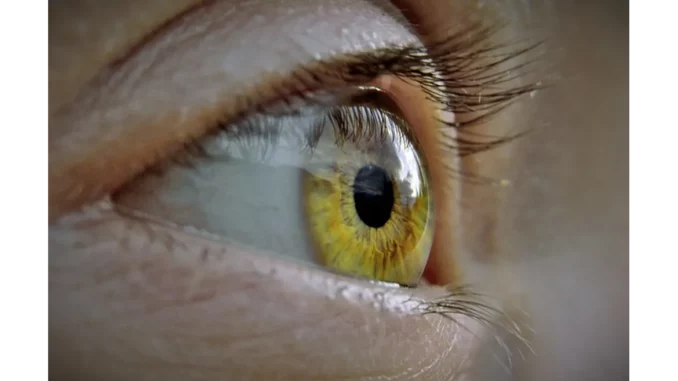
Diabetes, a chronic condition impacting millions globally, poses numerous health challenges, with vision loss from diabetic retinopathy being among the most alarming. Diabetic retinopathy arises when prolonged high blood sugar levels inflict damage on the retina’s blood vessels, potentially leading to blindness if not addressed promptly. The World Health Organization (WHO) strongly advocates regular screenings to detect the disease early and prevent such severe outcomes. Yet, the scarcity of medical professionals to conduct these screenings, particularly in resource-constrained environments, remains a significant obstacle.
In recent years, strides in artificial intelligence (AI) have presented a promising resolution to this pressing issue. AI technology is now capable of assisting in the early detection and diagnosis of diabetic retinopathy, thereby potentially preserving the vision of countless individuals. The incorporation of AI into diabetic eye care has not only broadened the accessibility of screenings but also enhanced their precision and efficacy.
Remarkable progress in this domain has resulted from collaborations between technology firms and healthcare institutions. A notable example is the partnership between Google Research and Aravind Eye Hospital in India, as well as Rajavithi Hospital in Thailand. Together, they have developed an AI model proficient in identifying diabetic retinopathy from retinal images. This initiative has already facilitated over 600,000 screenings globally, delivering a significant impact in regions with limited access to eye specialists.
The AI model operates by scrutinising retinal images to detect signs of diabetic retinopathy with exceptional accuracy. This innovation enables primary care providers to perform screenings within their facilities, thereby minimising the necessity for patients to arrange separate appointments with eye specialists. Consequently, the frequency of screenings can increase, enhancing the likelihood of early detection and timely intervention, which is crucial for preventing vision loss.
Beyond increasing accessibility, AI technology effectively addresses the variability inherent in human diagnoses. The AI model is trained on a vast array of images, allowing it to detect patterns and irregularities that may go unnoticed by human observers. This level of accuracy is vital to ensuring that patients receive precise diagnoses and appropriate treatments. In regions like India and Thailand, where a dearth of eye specialists is prevalent, licensing AI technology to local healthcare providers is extending its reach, with expectations of AI-supported screenings reaching millions over the next decade.
Further exemplifying AI’s transformative potential in diabetic eye care is the University of Liverpool’s AI-Sight project. This initiative seeks to commercialise an AI system that evaluates and ranks retinal images based on the severity of the condition. By merging human expertise with machine analysis, AI-Sight aims to alleviate the dependence on scarce medical resources, rendering screenings both more affordable and accessible.
The integration of AI into diabetic retinopathy screening is redefining the battle against blindness. This innovative approach to screenings, by enhancing their accessibility, accuracy, and efficiency, holds the promise of safeguarding the vision of millions worldwide. As healthcare providers increasingly adopt this technology, a substantial decrease in diabetes-related vision impairment is anticipated.
The future of diabetic eye care appears promising, fuelled by advancements in AI technology. As exploration continues into new methods of integrating AI within healthcare, the prospect of eradicating preventable blindness becomes increasingly attainable. By harnessing the capabilities of AI, a future can be envisaged where individuals, irrespective of geographical or financial constraints, have access to the essential care needed to maintain their vision.


Be the first to comment